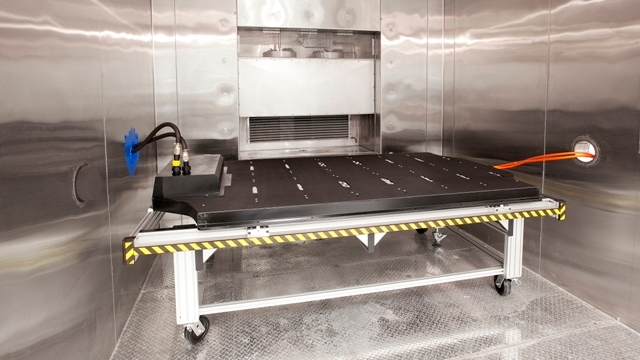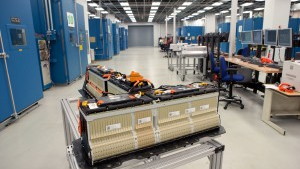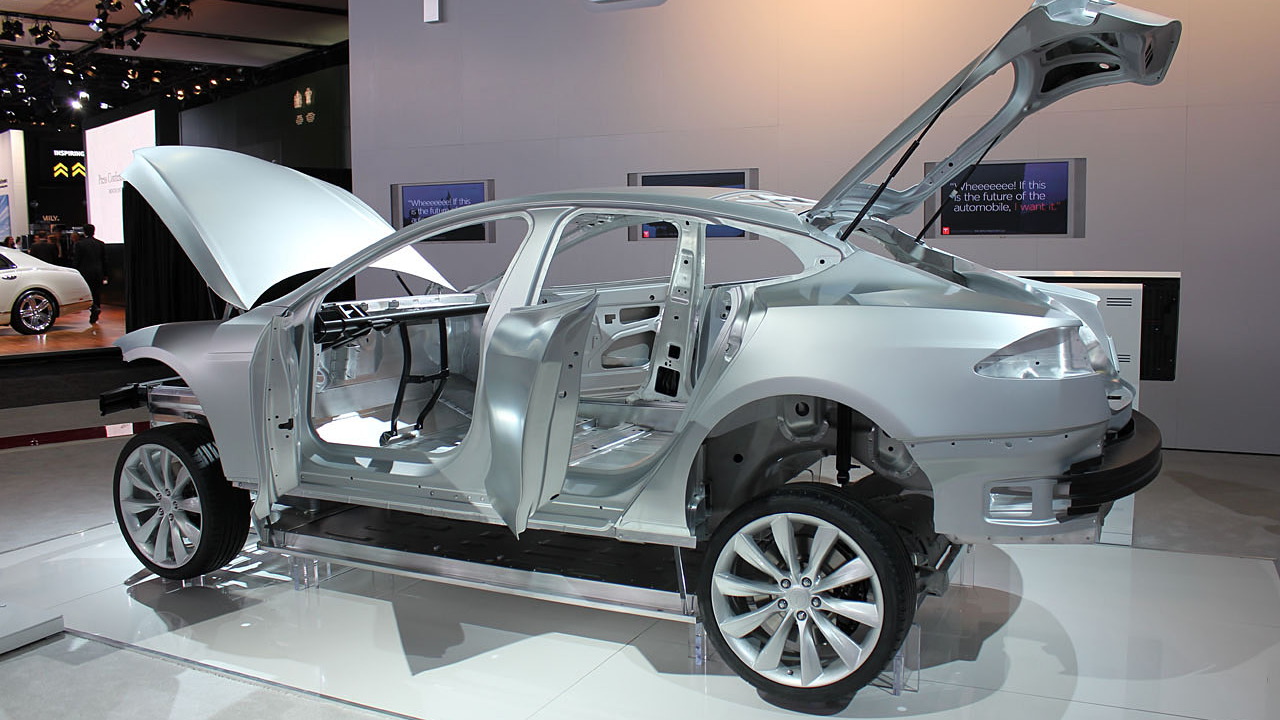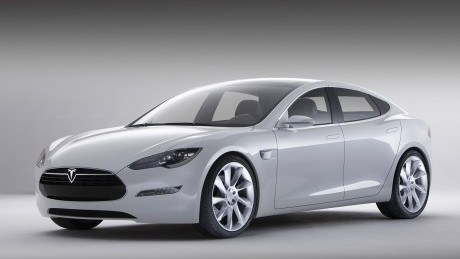Yesterday Tesla Motors Vice President of Worldwide Sales and Ownership Experience George Blankenship wrote an update on the upcoming Model S electric sedan on the company blog.
Alongside an update on the alpha testing of Tesla’s much anticipated seven seat sedan, Blankenship outlined the firm’s Model S rollout plans for 2012/13 and the expected price customers will pay for its 160, 230 and 300 mile per charge versions.
Which leads us to an interesting discovery. In the Tesla Model S at least, a mile of extra range is equivalent to $143, at least in end consumer price.
The price the consumer pays for a 300 mile range battery pack? Using back-of-a napkin, we think it’s somewhere around $42,860.
How did we come to this conclusion? Let us talk you through the very rough, very unscientific math.
According to Blankenship, the U.S. base Model S complete with a 160 mile battery pack weighs in at $57,400 before any federal tax credits are applied. Increasing the range to 230 miles would result in a price “around $10,000 more”. The top of the range 300 mile battery pack would increase the cost again by $10,000.
So for every 70 mile increase in range, the price to a Model S customer increases by $10,000.
To find the price per mile or range increase, divide $10,000 by 70. That gives us a very rough ballpark figure of $142.86 per mile.
Of course, the calculations aren’t quite as simple as we’ve just done. Other factors like power circuitry and battery management systems contribute to the overall cost of the battery pack and an increased range.
What it doesn’t tell us of course is the increase price Tesla pays for the additional range, only the end consumer price increase.
But it does illustrate a chilling thought: every single one of the first 1000 Model S “Signature Series” rolling off the production line in 2012 will feature a battery pack which is responsible for over half of the car’s sticker price. In fact, if you use our very rough math the battery pack in the 300 mile Signature Series will be 55% of the cost of the car.
Which gets us thinking.
Battery packs are bound to drop in price in the coming years. If Tesla offers an upgrade route for battery packs then perhaps the smart move would be to buy a smaller range Model S for now, upgrading to a larger range battery pack when the cost per mile has dropped significantly.
Then again, the alluring 300 mile model blows every other electric car on the market today away. If you want the long range, perhaps the premium is worth it to never have to suffer range anxiety, or fill up with gasoline again. But if your daily drive is never more than 160 miles we can think of several fun things the saved $20,000 from not buying the 300 mile model could pay for.



















